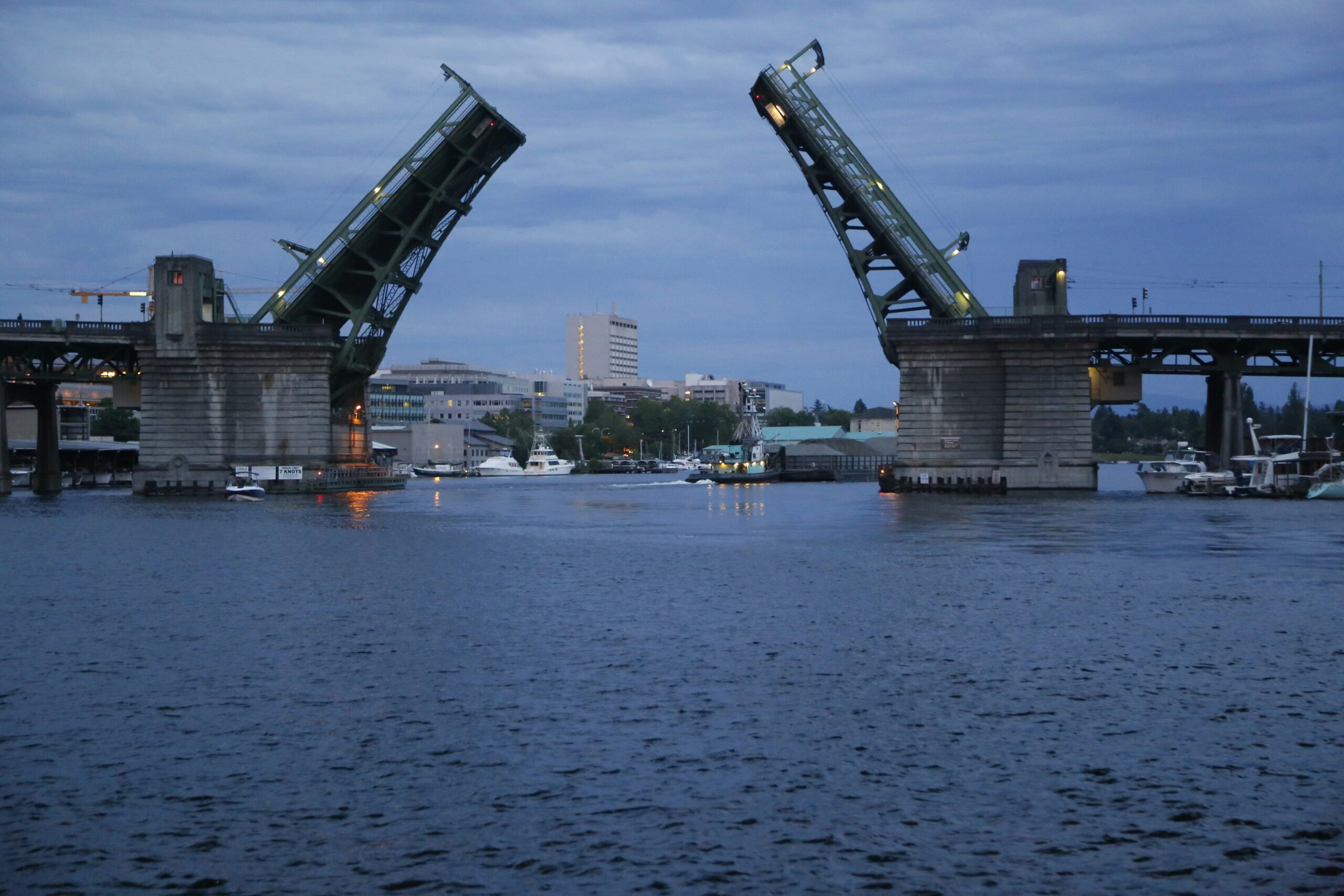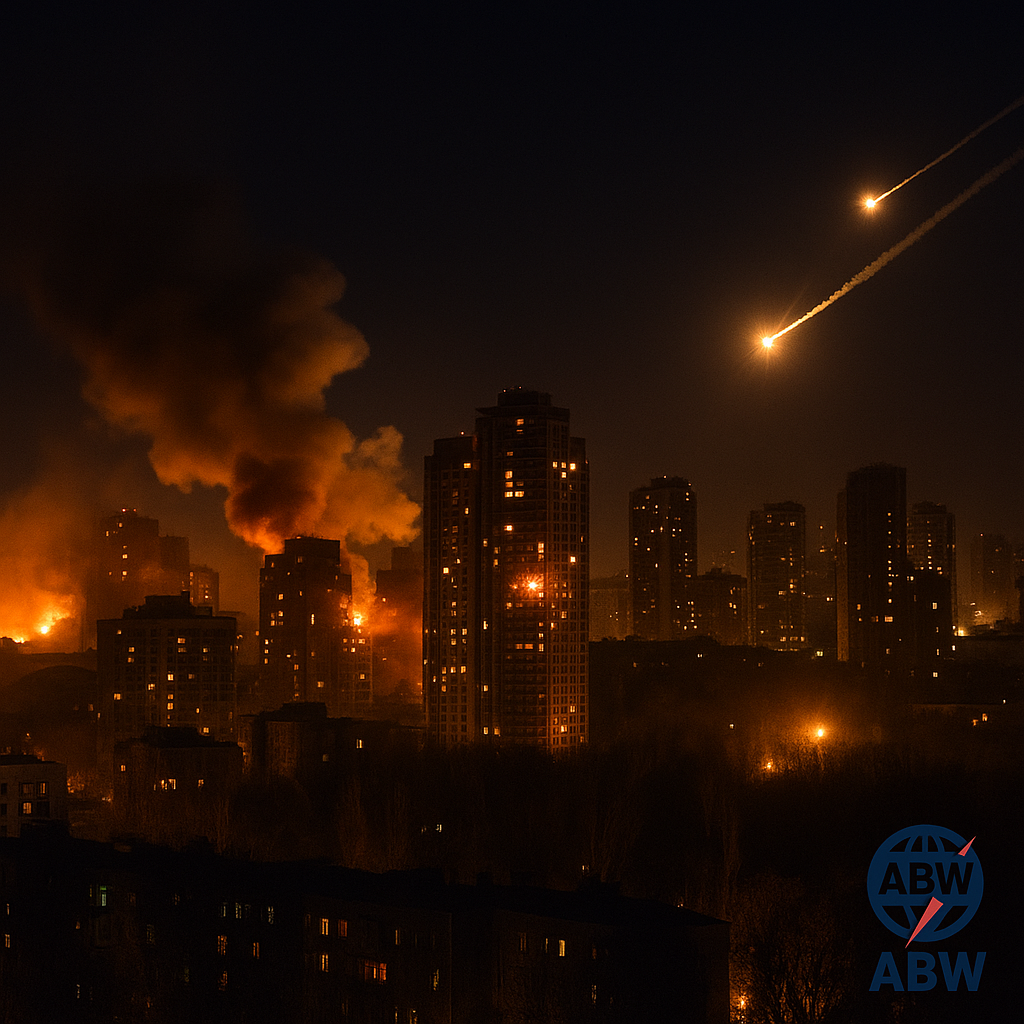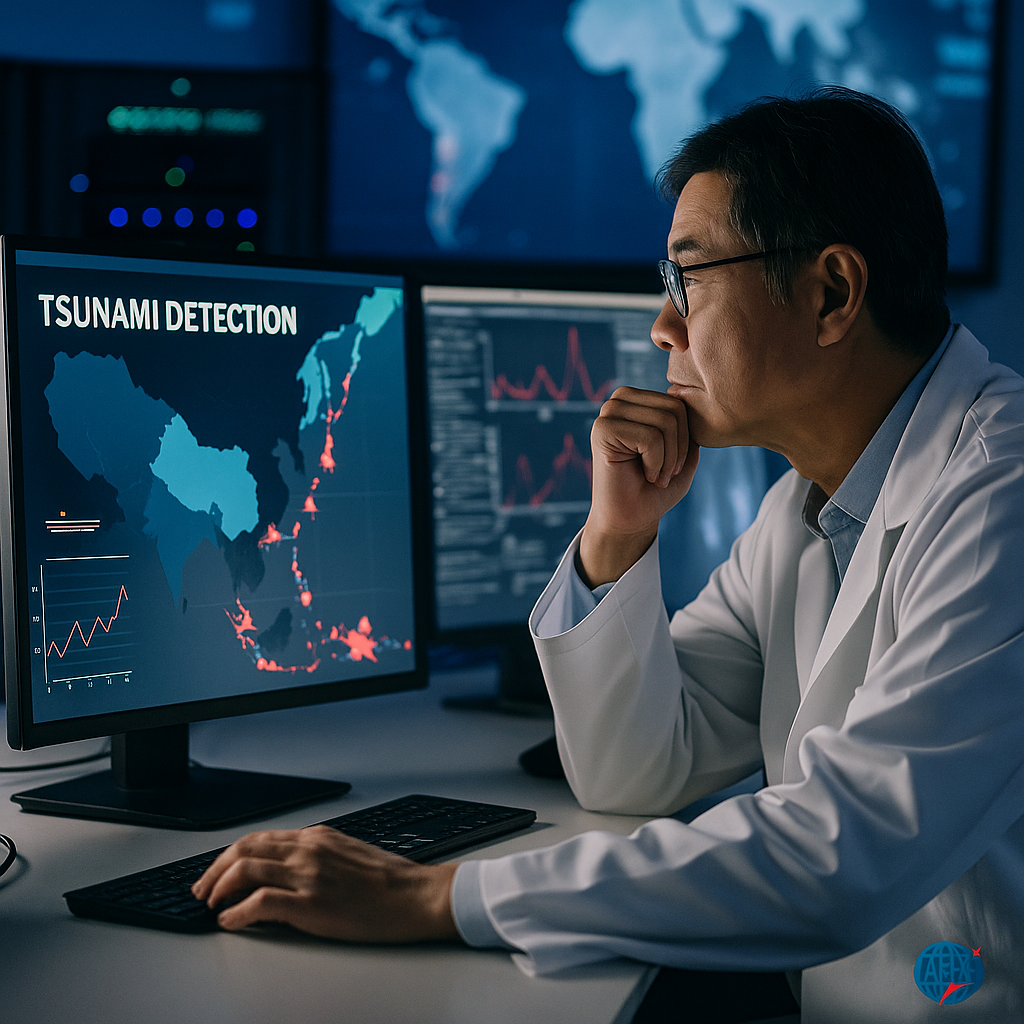
In the early hours of Tuesday, a major catastrophe struck Baltimore as the Francis Scott Key Bridge collapsed following a collision with a large container ship. The incident has triggered a large-scale search and rescue operation, with authorities working to locate multiple individuals believed to have fallen into the Patapsco River. The collapse of the bridge is expected to have significant impacts on transportation and commerce in the region.
Key Facts
- The Francis Scott Key Bridge in Baltimore collapsed on Tuesday morning after being struck by a large container ship.
- A mass casualty search and rescue operation is underway to find individuals who fell into the Patapsco River.
- The collapse is expected to cause significant disruptions to transportation and commerce.
- The incident occurred in the early hours of Tuesday.
The Francis Scott Key Bridge, a major thoroughfare in Baltimore, suffered a catastrophic failure when a large container ship collided with one of its support pillars. The impact caused the bridge to collapse into the Patapsco River, sending vehicles and people into the water.
Emergency responders immediately launched a mass casualty search and rescue operation. The primary focus is on locating and rescuing individuals who were on the bridge at the time of the collapse and are now in the river. The exact number of people affected is still being determined, but authorities fear the worst.
The collapse of the Francis Scott Key Bridge is anticipated to have far-reaching consequences for transportation and commerce in the Baltimore region. The bridge is a critical link for both vehicular and maritime traffic, and its closure will likely lead to significant delays and disruptions. The economic impact of the collapse is also expected to be substantial.
The incident took place in the early hours of Tuesday, while it was still dark. The timing of the collapse added to the challenges faced by rescue crews, as visibility was limited. The cause of the ship’s collision with the bridge is currently under investigation.
Background
The Francis Scott Key Bridge, also known as the Key Bridge or the Outer Harbor Bridge, was a major bridge in Baltimore, Maryland. It spanned the Patapsco River and served as a vital transportation artery for the region. The bridge was named after Francis Scott Key, the author of the Star-Spangled Banner. Maryland official website
The bridge was a four-lane, steel arch-shaped continuous through truss bridge. It was part of the Interstate 695 (I-695) highway, also known as the Baltimore Beltway. The bridge was a major crossing point for commuters, truckers, and other travelers. Its location made it an important link in the transportation network of the East Coast.
The Key Bridge was also a significant landmark in Baltimore. Its distinctive arch was visible from many parts of the city, and it was often featured in images and videos of Baltimore. The bridge was a source of pride for many Baltimoreans, and its loss will be deeply felt by the community. The bridge facilitated the movement of goods into and out of the Port of Baltimore, a major economic engine for the state.
Timeline / What We Know
- Early Tuesday Morning: A large container ship struck a support pillar of the Francis Scott Key Bridge.
- Immediate Collapse: The impact caused the bridge to collapse into the Patapsco River.
- Mass Casualty Event: A search and rescue operation was immediately launched to locate individuals who fell into the river.
- Ongoing Investigation: Authorities are investigating the cause of the ship’s collision with the bridge.
In the early hours of Tuesday morning, a large container ship collided with a support pillar of the Francis Scott Key Bridge in Baltimore. The source did not specify the exact time.
The impact of the collision caused the bridge to immediately collapse into the Patapsco River. The structural integrity of the bridge was compromised to such an extent that it could not withstand the force of the impact, leading to its catastrophic failure.
The collapse of the bridge triggered a mass casualty event, as vehicles and people plunged into the water. Emergency responders swiftly initiated a search and rescue operation to locate and assist those who were affected by the collapse.
An investigation is currently underway to determine the cause of the ship’s collision with the bridge. Investigators will examine factors such as the ship’s navigation, mechanical condition, and the actions of its crew to determine what led to the incident. The source did not specify which agency or agencies are conducting the investigation.
Official Reactions
Official reactions to the collapse of the Francis Scott Key Bridge have been swift and widespread. Government officials at the local, state, and federal levels have expressed their concern and pledged their support for the ongoing search and rescue efforts. They have also vowed to investigate the cause of the collapse and take steps to prevent similar incidents from happening in the future.
Local officials in Baltimore have emphasized the importance of prioritizing the safety and well-being of those affected by the collapse. They have urged residents to stay away from the area around the bridge to allow emergency responders to work unimpeded. They have also promised to provide assistance to families who have been impacted by the tragedy.
State officials in Maryland have declared a state of emergency and are mobilizing resources to support the search and rescue operation. They have also pledged to work with federal officials to secure funding for the reconstruction of the bridge. The governor of Maryland has expressed his condolences to the families of those who are missing and has vowed to do everything possible to bring them home.
Federal officials, including the President of the United States, have been briefed on the situation and are closely monitoring the situation. They have offered federal assistance to the state of Maryland and have pledged to provide whatever resources are needed to support the search and rescue effort. The Department of Transportation is also working to assess the impact of the collapse on the region’s transportation network and to develop plans to mitigate any disruptions. You can find more information on the U.S. Department of Transportation website.
What’s Next
In the immediate aftermath of the Francis Scott Key Bridge collapse, the focus remains on the ongoing search and rescue operation. The priority is to locate and rescue any individuals who may still be in the water. Rescue teams will continue to search the area around the bridge, using sonar, divers, and other specialized equipment. The search will continue until all missing persons have been accounted for.
In the short term, efforts will be made to assess the damage to the bridge and to develop a plan for its reconstruction. Engineers will need to conduct a thorough inspection of the remaining structure to determine the extent of the damage. They will also need to develop a plan for removing the debris from the river and for rebuilding the bridge. The source did not specify the timeline for these activities.
In the medium term, the collapse of the bridge is likely to have a significant impact on transportation and commerce in the Baltimore region. The closure of the bridge will force traffic to be diverted to other routes, leading to increased congestion and delays. The economic impact of the collapse could be substantial, as businesses that rely on the bridge for transportation of goods may experience disruptions. The exact duration of these disruptions is unknown, but it could be several months or even years.
In the long term, the collapse of the Francis Scott Key Bridge raises questions about the safety and resilience of infrastructure in the United States. The incident may lead to a review of safety standards for bridges and other critical infrastructure. It could also prompt investments in infrastructure improvements to reduce the risk of similar incidents from happening in the future. Read here for a related article. The source did not specify any specific measures that are being considered.

